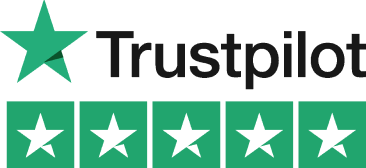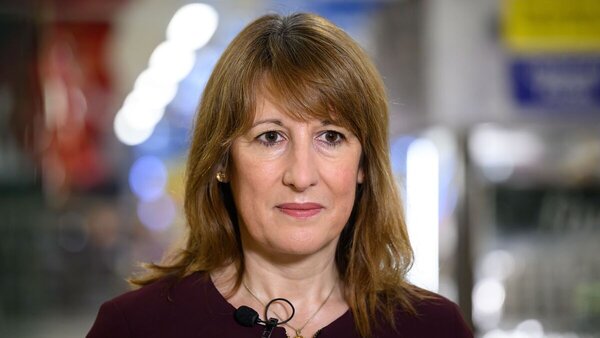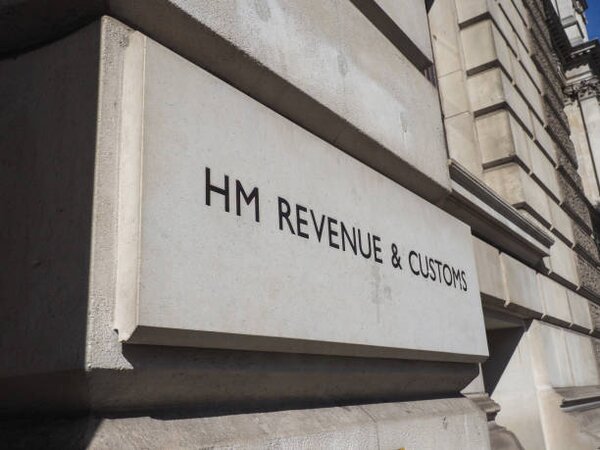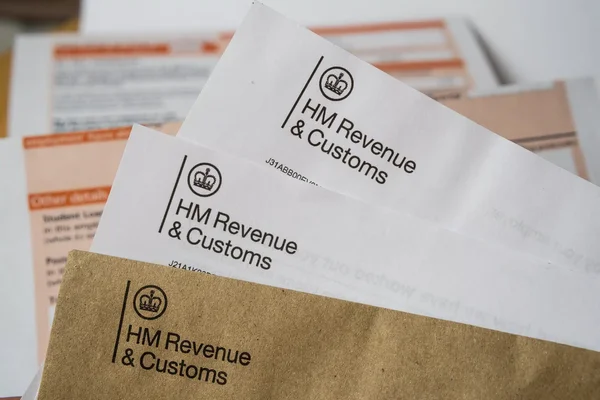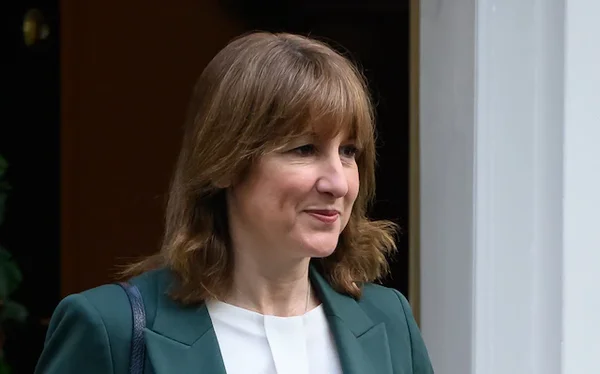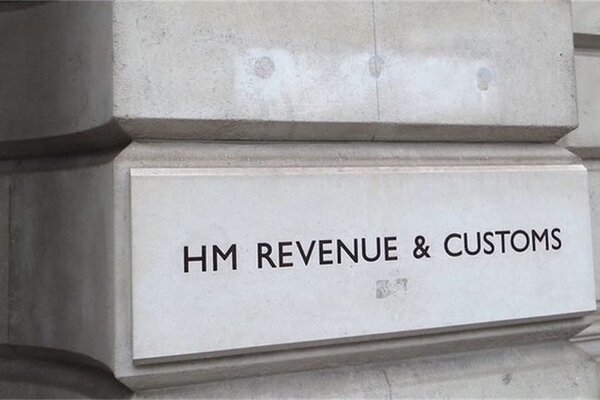Let’s Talk Self-Employed Tax Breaks
If you’re self-employed, understanding tax allowances isn’t just helpful – it’s essential for your bank balance. These allowances can significantly reduce how much tax you pay each year, putting more money back in your pocket.
Understanding self employed income tax is crucial for managing your finances effectively.
Tax allowances are basically the government’s way of saying “you don’t need to pay tax on this bit of your income.” Who doesn’t want to take advantage of that opportunity?
If you'd like help with adding your income and expenses correctly or need support understanding your tax obligations, we're here to guide you every step of the way.

Understanding Self Employment and Tax Obligations
As a self-employed individual, it’s essential to understand your tax obligations and how they impact your business. Self-employment means you work for yourself rather than for an employer, and with that independence comes the responsibility of managing your own taxes.
In the UK, self-employed individuals are required to pay income tax on their trading profits, which is the profit made from their business activities.
Self-employment tax is used to fund social security and Medicare, ensuring you have access to these benefits even without a traditional employer. Knowing how much tax you need to pay and when to pay it is crucial for maintaining your financial health. By staying on top of your tax obligations, you can avoid unexpected bills and penalties, keeping your business running smoothly.
What Exactly Is a Self Employed Tax Allowance?
A self employed tax allowance is the amount of money you can earn before you start paying tax on it. Everyone in the UK gets a tax free personal allowance (£12,570 for 2024/25), regardless of employment status.
But self-employed people get extra allowances for business expenses too. These are costs you incur while running your business that you can subtract from your income before calculating tax.
Think of it this way: if you earn £30,000 but have £5,000 in allowable expenses, you only pay tax on £25,000 (minus your Personal Allowance). This isn’t about dodging tax, it’s about only paying what you legally need to.

Which Business Expenses Can You Claim When Self Employed?
Your office costs are a great place to start. Pens, paper, printer ink, phone bills, software subscriptions, they all count as legitimate business expenses that reduce your taxable profit.
Travel costs for business are claimable too. This includes fuel, train tickets, bus fares, and even vehicle insurance if the car is used for work purposes rather than personal journeys. Accurately assessing each business cost, such as travel expenses, ensures you claim the correct amount.
Working from home? You can claim a portion of your utilities, internet, and even rent or mortgage interest as business costs based on how much of your home is used for business. Additionally, professional services like accountant fees, legal costs, and professional insurance are all allowable expenses.
Marketing costs count too! Your website fees, business cards, online ads, and networking event tickets are all tax-deductible items that can reduce your overall tax bill.
How Does the £1,000 Trading Allowance Work?
If you have a small side hustle or occasional freelance work, the trading allowance is brilliant. It lets you earn your first £1,000 completely tax-free without recording any expenses or keeping detailed records. This allowance means you can earn up to £1,000 without needing to start paying income tax.
This is perfect if you occasionally sell handmade items, do some tutoring on weekends, or have any small income stream alongside your main job. The simplicity makes it ideal for casual earners.
The best bit? You don’t need to keep receipts or track expenses if you use this allowance. Simply declare that you’re using the trading allowance on your tax return instead of itemising expenses.
If your expenses are more than £1,000, you’d be better off not using this allowance and claiming your actual costs instead. Always do the maths to see which approach saves you more money.

Can You Claim for Equipment and Tools?
Yes! When you buy equipment for your business, you can claim these costs against your tax bill through capital allowances. This can significantly reduce your tax liability in the year of purchase.
The Annual Investment Allowance lets you deduct the full value of most equipment from your profits before tax. The limit is currently £1 million, which covers most small businesses easily.
Items like computers, machinery, tools, office furniture, and vans all qualify for this generous allowance. Even some fixtures in buildings can be claimed under certain circumstances.
For cars, the rules are a bit different. You'll need to use writing down allowances instead, which spread the cost over several years based on the vehicle's emissions and usage patterns.
Keep all receipts for equipment purchases. You'll need them if HMRC ever asks questions about your claims or conducts a compliance check on your business.
What About Working From Home Allowances?
If you work from home regularly, you can claim a flat rate allowance without needing to calculate exact costs. This is currently £6 per week (or £26 per month) and provides a simple way to claim.
This simplified method covers basic costs like heating, electricity, and broadband. It's fuss-free and doesn't require any complex calculations or apportionments of your household bills.
Alternatively, you can work out the actual costs if they're higher. Calculate what percentage of your home is used for business, then apply this to your bills for a potentially larger deduction.
Remember, you can only claim for the business portion of these costs not personal use. Be reasonable with your calculations to avoid problems later with HMRC investigations.

How Do You Claim Tax Relief on Pension Contributions?
Pension contributions are one of the most tax-efficient ways to save when self-employed. They reduce your taxable profit while building your retirement fund, offering a double benefit.
Basic rate taxpayers get 20% tax relief on pension contributions automatically. Higher rate taxpayers can claim an additional 20% through their Self Assessment, making this particularly valuable.
There's an annual allowance of £60,000 (for 2024/25) on pension contributions eligible for tax relief. Most people won't hit this limit, but it's worth knowing if you're making substantial contributions.
Don't overlook this allowance – it's essentially free money from the government to help you save for retirement. I personally increased my pension contributions after realising I could save nearly £2,000 in tax annually.
Are There Industry-Specific Allowances Worth Knowing?
Certain industries have special tax rules and allowances. Construction workers under the CIS scheme have specific deductions and allowances for tools, materials, and travel between sites.
Creative professionals like writers, artists, and musicians can claim for materials, studio space, and sometimes special tax reliefs designed to support the creative industries in the UK.
If your business involves innovation, you might qualify for Research and Development tax relief, which is incredibly generous and can return up to 33% of qualifying expenditure to eligible companies.
Retail and hospitality businesses often have specific allowances for things like staff uniforms, food wastage, and seasonal stock. Agricultural businesses have their own set of tax rules too, with special treatment for farmland and equipment.

Registering as Self-Employed
To get started on the right foot, you need to register as self-employed with HMRC. This process is straightforward and can be done online or by phone. Once registered, you’ll need to complete a Self Assessment tax return each year, where you’ll report your business income and expenses.
This annual assessment tax return is your opportunity to claim tax relief on allowable business expenses, reducing your taxable income and ultimately how much tax you owe. Additionally, you’ll need to pay income tax and National Insurance Contributions (NICs) on your trading profits. Keeping accurate records throughout the year will make this process much easier and ensure you’re only paying what you owe

Final Words on Self-Employed Tax Allowance?
Managing taxes as a self-employed person can be stressful, but modern tools simplify the process. Pie is the UK’s first personal tax app built for freelancers and self-employed workers, combining bookkeeping and tax calculations in one place for a clear financial overview.
Unlike traditional methods, Pie calculates your tax in real-time as you log income and expenses, preventing year-end surprises. It also streamlines self-assessment by auto-generating tax returns with minimal effort. Plus, you get expert tax advice without hefty accountant fees. Claiming eligible allowances is smart financial management—keep more of your earnings legally!
Quick and Easy Guide to Add Self Employed Income
Follow these steps to add self emploment income
Add your income by swiping right on any taxable income you want to declare on your tax return. This will move the transaction into the ‘income tab’.Step 1

Use the ‘Quick Add’ feature to manually enter any additional income or expenses not found in your bank transactions for your self-assessment.Step 2




